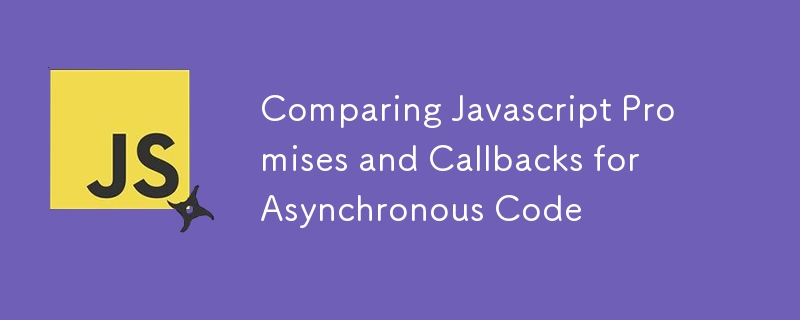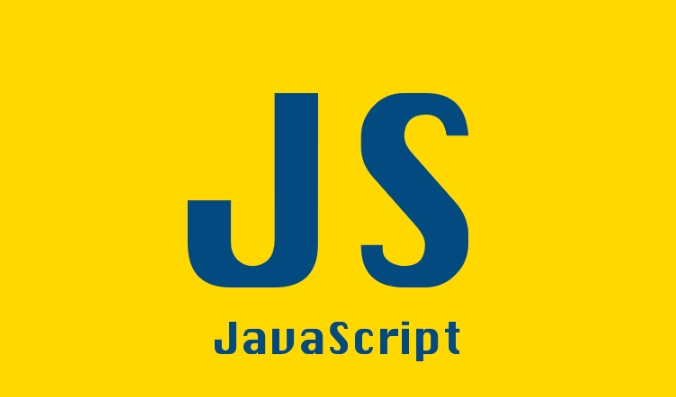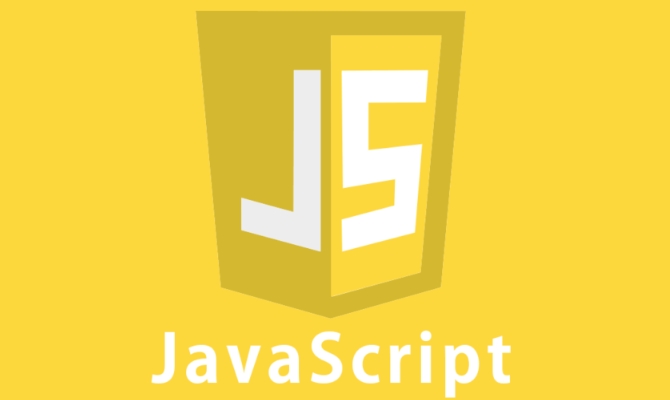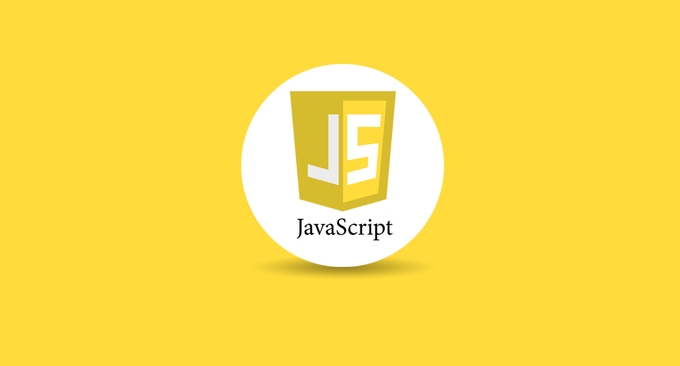Comparing Javascript Promises and Callbacks for Asynchronous Code
Jul 08, 2025 am 02:23 AMBoth Callbacks and promises are used to handle asynchronous operations in JavaScript, but they differ significantly in readability and maintainability. 1. Callbacks are functions passed as parameters, suitable for simple or old environments, but when nested for a long time, it is easy to cause "callback hell". 2. Promise improves code clarity and error handling capabilities through .then() and .catch() chain calls, suitable for complex logic and modern JS features. 3. Use suggestions: Select callbacks for small scripts or old browsers; select Promise when complex asynchronous logic or when using async/await, and convert callbacks to Promise through encapsulation to improve compatibility.

If you're working with asynchronous code in JavaScript, you've probably come across both callbacks and promises. They do similar jobs — letting you handle async operations — but they work very differently. Promises are generally easier to read and manage, especially as your code grows. But to choose the right one for your situation, it's good to understand how each works in practice.

What Are Callbacks and How Do They Work?
A callback is just a function passed as an argument to another function. It gets called later, usually after some async task finishes — like reading a file or making an API request.

Here's a simple example:
function fetchData(callback) {
setTimeout(() => {
callback('Data received');
}, 1000);
}
fetchData((data) => {
console.log(data); // Logs "Data received" after 1 second
});This works fine when you have one or two async steps, but things get messy fast if you have more. You end up with what's often called callback hell — nested callbacks that are hard to follow and debug.

Some pros of callbacks:
- Simple to understand at a basic level
- Supported everywhere (even in old browsers)
But the downsides:
- Harder to scale and maintain
- Error handling can be inconsistent
How Promises Improve on Callbacks
Promises were introduced to make async code cleaner and more predictable. A promise represents a value that may be available now, later, or never. You can chain .then() for success and .catch() for errors.
Here's the same example using a promise:
function fetchData() {
return new Promise((resolve, reject) => {
setTimeout(() => {
resolve('Data received');
}, 1000);
});
}
fetchData()
.then(data => console.log(data))
.catch(error => console.error(error));Promises help avoid deep nesting by allowing chaining:
fetchData() .then(data => process(data)) .then(result => save(result)) .catch(err => handleError(err));
Benefits of promises:
- Better readability with
.then()and.catch() - Easier error handling with centralized
.catch() - Support for multiple async steps without deep nesting
Still, there are cases where callbacks are used — like in older APIs or performance-sensitive situations where overhead matters.
When to Use Each One
Most modern JavaScript uses promises — especially with async/await , which makes them even cleaner. But there are still times when callbacks might be better suited:
Use callbacks when:
- You're dealing with a small script or quick prototype
- The environment doesn't support promises (like very old browsers)
- You're working with a library or API that uses callbacks by design
Use promises when:
- Your app has complex async logic
- You want cleaner error handling
- You're using newer JS features like
async/await
Also keep in mind: many older callback-based functions can be wrapped into promises easily, so you can use them in modern codebases.
A Few Practical Tips
If you're moving from callbacks to promises, here are a few tips:
- Wrap callback-style functions in a promise to integrate smoothly
- Always add a
.catch()at the end of your promise chain to avoid unhandled rejections - Prefer
async/awaitfor long chains — it reads more like synchronous code
One thing people often forget is that promises execute immediately when created. So if you want to delay execution, wrap the promise in a function.
And remember: not all async functions need to return promises. If something is truly synchronous, don't force a promise — it'll just complicate things unnecessarily.
That's the core of the difference between callbacks and promises. Both can work depending on the context, but for most modern applications, promises offer a much smoother experience.
The above is the detailed content of Comparing Javascript Promises and Callbacks for Asynchronous Code. For more information, please follow other related articles on the PHP Chinese website!

Hot AI Tools

Undress AI Tool
Undress images for free

Undresser.AI Undress
AI-powered app for creating realistic nude photos

AI Clothes Remover
Online AI tool for removing clothes from photos.

Clothoff.io
AI clothes remover

Video Face Swap
Swap faces in any video effortlessly with our completely free AI face swap tool!

Hot Article

Hot Tools

Notepad++7.3.1
Easy-to-use and free code editor

SublimeText3 Chinese version
Chinese version, very easy to use

Zend Studio 13.0.1
Powerful PHP integrated development environment

Dreamweaver CS6
Visual web development tools

SublimeText3 Mac version
God-level code editing software (SublimeText3)

Hot Topics
 Java vs. JavaScript: Clearing Up the Confusion
Jun 20, 2025 am 12:27 AM
Java vs. JavaScript: Clearing Up the Confusion
Jun 20, 2025 am 12:27 AM
Java and JavaScript are different programming languages, each suitable for different application scenarios. Java is used for large enterprise and mobile application development, while JavaScript is mainly used for web page development.
 Javascript Comments: short explanation
Jun 19, 2025 am 12:40 AM
Javascript Comments: short explanation
Jun 19, 2025 am 12:40 AM
JavaScriptcommentsareessentialformaintaining,reading,andguidingcodeexecution.1)Single-linecommentsareusedforquickexplanations.2)Multi-linecommentsexplaincomplexlogicorprovidedetaileddocumentation.3)Inlinecommentsclarifyspecificpartsofcode.Bestpractic
 How to work with dates and times in js?
Jul 01, 2025 am 01:27 AM
How to work with dates and times in js?
Jul 01, 2025 am 01:27 AM
The following points should be noted when processing dates and time in JavaScript: 1. There are many ways to create Date objects. It is recommended to use ISO format strings to ensure compatibility; 2. Get and set time information can be obtained and set methods, and note that the month starts from 0; 3. Manually formatting dates requires strings, and third-party libraries can also be used; 4. It is recommended to use libraries that support time zones, such as Luxon. Mastering these key points can effectively avoid common mistakes.
 Why should you place tags at the bottom of the ?
Jul 02, 2025 am 01:22 AM
Why should you place tags at the bottom of the ?
Jul 02, 2025 am 01:22 AM
PlacingtagsatthebottomofablogpostorwebpageservespracticalpurposesforSEO,userexperience,anddesign.1.IthelpswithSEObyallowingsearchenginestoaccesskeyword-relevanttagswithoutclutteringthemaincontent.2.Itimprovesuserexperiencebykeepingthefocusonthearticl
 JavaScript vs. Java: A Comprehensive Comparison for Developers
Jun 20, 2025 am 12:21 AM
JavaScript vs. Java: A Comprehensive Comparison for Developers
Jun 20, 2025 am 12:21 AM
JavaScriptispreferredforwebdevelopment,whileJavaisbetterforlarge-scalebackendsystemsandAndroidapps.1)JavaScriptexcelsincreatinginteractivewebexperienceswithitsdynamicnatureandDOMmanipulation.2)Javaoffersstrongtypingandobject-orientedfeatures,idealfor
 JavaScript: Exploring Data Types for Efficient Coding
Jun 20, 2025 am 12:46 AM
JavaScript: Exploring Data Types for Efficient Coding
Jun 20, 2025 am 12:46 AM
JavaScripthassevenfundamentaldatatypes:number,string,boolean,undefined,null,object,andsymbol.1)Numbersuseadouble-precisionformat,usefulforwidevaluerangesbutbecautiouswithfloating-pointarithmetic.2)Stringsareimmutable,useefficientconcatenationmethodsf
 What is event bubbling and capturing in the DOM?
Jul 02, 2025 am 01:19 AM
What is event bubbling and capturing in the DOM?
Jul 02, 2025 am 01:19 AM
Event capture and bubble are two stages of event propagation in DOM. Capture is from the top layer to the target element, and bubble is from the target element to the top layer. 1. Event capture is implemented by setting the useCapture parameter of addEventListener to true; 2. Event bubble is the default behavior, useCapture is set to false or omitted; 3. Event propagation can be used to prevent event propagation; 4. Event bubbling supports event delegation to improve dynamic content processing efficiency; 5. Capture can be used to intercept events in advance, such as logging or error processing. Understanding these two phases helps to accurately control the timing and how JavaScript responds to user operations.
 What's the Difference Between Java and JavaScript?
Jun 17, 2025 am 09:17 AM
What's the Difference Between Java and JavaScript?
Jun 17, 2025 am 09:17 AM
Java and JavaScript are different programming languages. 1.Java is a statically typed and compiled language, suitable for enterprise applications and large systems. 2. JavaScript is a dynamic type and interpreted language, mainly used for web interaction and front-end development.






